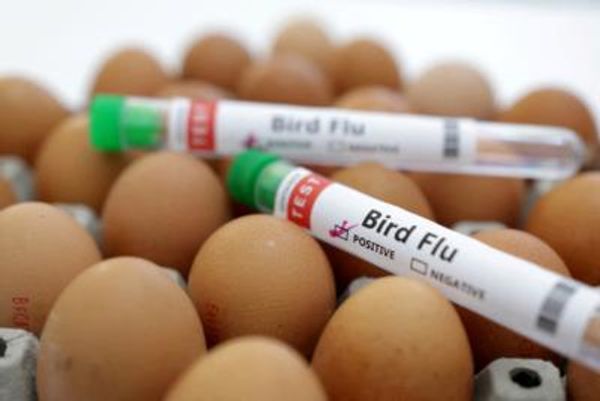A "stay at home" plea this winter has been issued by the The UK's Chief Medical Adviser as cases remain high.
While Covid cases in Scotland have fallen, the country still has the highest infection levels in the UK, according to new figures.
The latest data from the Office for National Statistics (ONS) stated that in the week ending September 14, around 98,000 people in Scotland had the virus – which is around one person in 55. That compares to about one in 45 people the previous week.
Despite the drop in Scotland, England and Wales have seen an increase in cases where patients have been admitted to hospital.
While there were rises in infection levels in both England and Wales, the proportion of people with the virus in both nations was still lower than in Scotland.
Dr Susan Hopkins, of the UK Health Security Agency (UKHSA), issued a warning as we approach winter and urged people to stay at home if they feel unwell with a cough or cold.
She said: "The latest data for the last seven days indicate a rise in hospitalisations and a rise in positive tests reported from the community.
"For those eligible, the time to get your autumn booster is now. Getting a booster will give your immune system time to build up your protection against being severely ill from Covid-19 as we move into winter.
"All of the available boosters provide good protection against severe illness from Covid-19 and getting your booster sooner rather than later is crucial. As it gets colder and we head towards winter, we will start to see respiratory infections pick up – please try to stay at home if you are unwell and avoid contact with vulnerable people".

The ONS figures show that 28,167 people in the UK had tested positive for Covid UK-wide on September 17. This was up 12.7%, or 3,176 people, from the previous week.
To put this into context, this means around 49.8 people in every 100,000 had tested positive. Two months earlier, on July 17, this figure stood at 245 people for every 100,000.
Sarah Crofts, deputy director for the Covid -19 infection survey at ONS, said: “Today’s data show a mixed picture across the UK, with increases in England and Wales while infections in Scotland and Northern Ireland have decreased.
“It is too early to see if these changing trends will continue and we will monitor the data closely to see any impact of the return of schools over the coming weeks.”
Don't miss the latest news from around Scotland and beyond - sign up to our daily newsletter here .







